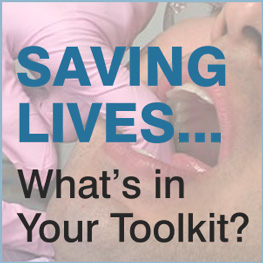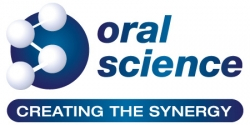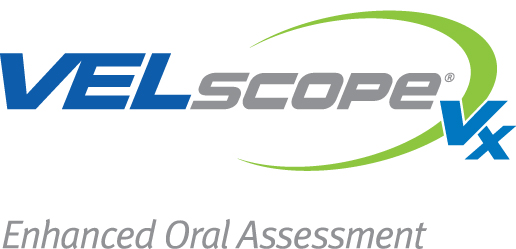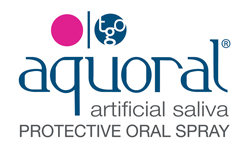May 2017 • Jo-Anne Jones, RDH • Oral Health Magazine • Oral Hygiene
April and Oral Cancer Awareness Month has just passed; a time when our attention once again turned to this insidious disease. Unfortunately due to over two-thirds of oral and oropharyngeal cancers being discovered in the later stages, only slightly more than half will be alive in 5 years.1 As a dental hygienist, it is not only our responsibility but a requirement of our standards of practice to perform a thorough visual and tactile extraoral and intraoral examination.
There have been significant changes that have occurred in the landscape of oral and oropharyngeal cancer. There are two distinct etiologic pathways that exist; one the historical risk factors of smoking and alcohol and secondly, the more recent escalating viral transmission related to the Human papillomavirus (HPV). The Human papillomavirus is one of the most common sexually transmitted viruses. In fact, the CDC states that almost every sexually active adult will have a HPV infection in their lifetime.2 The Special Topic feature of the 2016 Canadian Cancer Statistics was dedicated to HPV-associated cancers3 (Figure 1). The 2016 HPV topic feature was driven by a media release recognizing that HPV was not just a threat to women {i.e. cervical cancer} but that ‘mouth and throat cancers are rising sharply in men.’4 HPV-associated cancers of the mouth and throat are said to surpass the rate of cervical cancer in females.5 Presently in Canada, 1 in 3 HPV-associated cancers are diagnosed in men with 4 out of 5 oral and oropharyngeal HPV-related cancers being diagnosed in men. Between 1992 and 2012, HPV-related oral and oropharyngeal cancers have experienced a dramatic increase; 56% in males and 17% in females.4 Eighty percent of HPV-related oropharyngeal cancers are diagnosed in men.3 Many will not be aware that they have even been infected with the virus and will clear the infection within two years with no evident physical symptoms. This is the typical pathway for the vast majority if they possess a healthy functioning immune system. However for some who have contracted a high risk strain of the virus and have been plagued with persistent infection, the transformation to a malignancy is conceivable.
WHAT ARE THE ‘TOOLKIT’ ESSENTIALS?
The first essential in your ‘toolkit’ is an unwavering resolve to perform a thorough and effective visual and tactile extraoral and intraoral examination on every adult annually. Careful examination and palpation of the head and neck lymph nodes are critical aspects of the extraoral examination. A fixed, palpable, hard, non-tender node may be the first sign of an abnormal development that is not clinically visible or accessible by tactile examination. Typically and in the broadest terms, an infection-related node is most oftentender, mobile and associated with a known or recent illness.
“The incidence rate of thyroid cancer is the most rapidly increasing incidence rate among all major cancers not only in Canada but worldwide.”6 At the present time there is speculation to suggest that more frequent use of superior diagnostic capabilities of medical technology is allowing earlier stage, asymptomatic thyroid cancers to be diagnosed.7 Another suggested etiologic contributor to the escalation of thyroid cancer is the exposure to diagnostic ionizing radiation that has increased over time promoting the initiation of tumour development.8 Iodine intake is also under investigation as a possible contributing factor however much debate makes the confirmation of this etiologic factor uncertain at this time.9
Observation and palpation of the thyroid gland may be done by instructing the client to swallow observing the superior movement. A glass of water may be required to assist the client in swallowing. Comparison of the two lobes may be accomplished by standing to the side of the client and “instructing the client to bend the neck forward and laterally toward the side being examined. Using manual palpation, place one hand on the side on the trachea, then with the other hand gently displace the thyroid tissue to that side of the neck and manually palpate the gland.”10 Repeat for the other side. The thyroid may also be examined with the client in a supine position allowing for protrusion of the thyroid anatomy. With the close proximity of the thyroid gland to the skin, the supine position affords a visual inspection of the neck area for both enlargement and/or asymmetry.
All areas of the oral cavity need to be visually examined coupled with tactile palpation in a systematic order. The order may be as follows; the lips, labial and buccal mucosa, gingival tissues, tongue (dorsum, lateral borders and ventral surface), floor of the mouth, palatal tissues and oropharynx including uvula and tonsillar areas. The intraoral high risk anatomical areas include the palate, floor of the mouth, tongue and oropharyngeal areas. The palate must be visually examined and palpated. Bimanual palpation of the floor of the mouth is the only way an area of induration may be discovered (Figure 2). Visual examination is not sufficient to examine this very high risk anatomical area of the oral cavity. The tongue is a well-known potential lesion site and warrants careful examination as well. Visual and tactile palpation of the dorsum, lateral borders and the ventral surface of the tongue are required (Figure 3).
The v-shaped groove on the dorsum of the tongue referred to as the sulcus terminalus separates the oral cavity from the oropharyngeal region. To examine the oropharyngeal area it is recommended to place the mouth mirror (mirror side down) or tongue depressor on the midline of the dorsum of the tongue instructing the client to take a deep breath in and say ‘ah’.
You can read the full article now or save it to read late by clicking and saving the PDF below.
Acknowledgements: Article used with permission and thanks to ORAL HYGIENE Magzine. See more at Oral Health Group











